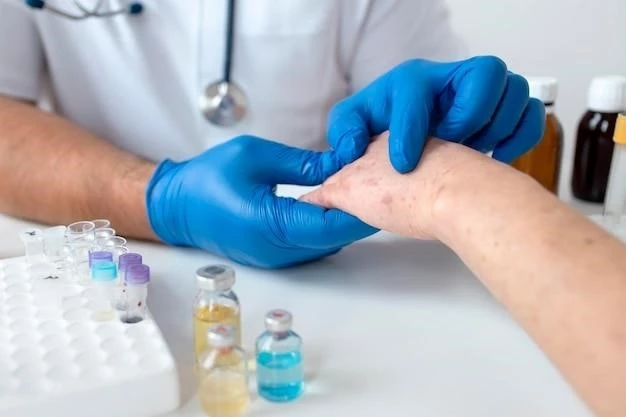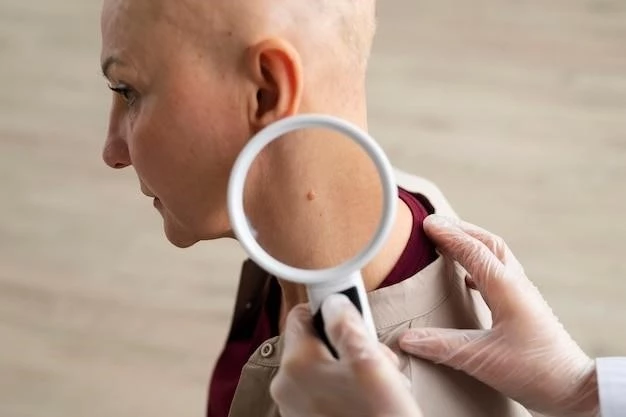Acute Symptoms
Acute symptoms of Bartonella infections may include fever, fatigue, headaches, and muscle pain. Some individuals may also experience a skin rash, swollen lymph nodes, and overall malaise. It is important to seek medical attention if you suspect you have been infected with Bartonella.
Symptoms of Bartonella Infections
Chronic Symptoms
Chronic symptoms of Bartonella infections can involve persistent fatigue, joint pain, memory problems, and recurring headaches. Patients may also experience neurological symptoms such as numbness or tingling. Skin lesions and eye inflammation are additional signs of chronic Bartonella infection. Consult a healthcare provider for proper diagnosis and treatment.
Antibiotics
Antibiotics are the primary treatment for Bartonella infections. Commonly used antibiotics include azithromycin, ciprofloxacin, and doxycycline. The duration of treatment may vary depending on the severity of the infection and the individual’s response to antibiotics. It’s crucial to complete the full course of antibiotics as prescribed by a healthcare provider to effectively eliminate the bacteria.
Treatment Options for Bartonella Infections
Supportive Therapy
Supportive therapy for Bartonella infections focuses on managing symptoms and promoting overall well-being. This may include rest, staying hydrated, and addressing specific symptoms such as pain or inflammation. In severe cases, hospitalization and intravenous fluids may be necessary. A healthcare provider can recommend the most appropriate supportive measures based on individual needs.
Flea Bites
Bartonella can be transmitted to humans through flea bites, especially from infected fleas carried by cats. When an infected flea bites a person, the bacteria can enter their bloodstream, leading to Bartonella infection. Preventing flea infestations on pets and using flea prevention methods can help reduce the risk of transmission.
Bartonella Transmission Methods
Animal Scratches
Bartonella can also be transmitted through animal scratches, particularly from cats. When an infected cat scratches a person, the bacteria in the cat’s saliva can enter the wound and potentially cause a Bartonella infection. It is important to practice proper wound care, especially if scratched or bitten by a cat, to reduce the risk of Bartonella transmission.
Symptoms in Cats
Symptoms of Bartonella infections in cats can include fever, lethargy, weight loss, swollen lymph nodes, and oral ulcers. Some cats may also develop eye inflammation, heart murmurs, or neurological signs. It’s essential to consult a veterinarian for proper diagnosis and treatment if your cat is showing these symptoms.

Bartonella Infections in Cats
Treatment for Cats
Treatment for Bartonella infections in cats typically involves antibiotics prescribed by a veterinarian. Supportive care such as fluid therapy, pain management, and proper nutrition may also be recommended to help the cat recover. Regular follow-up visits and monitoring are essential to ensure the effectiveness of treatment and the cat’s overall well-being.
Avoiding Flea Exposure
To prevent Bartonella infections, it is crucial to avoid flea exposure by regularly treating pets with flea preventatives, keeping the living environment clean, and minimizing contact with areas where fleas may thrive. Consistent flea control measures can help reduce the risk of Bartonella transmission through flea bites.
Preventing Bartonella Infections
Avoiding Contact with Stray Animals
Minimizing contact with stray animals can help prevent Bartonella infections, as these animals may carry the bacteria. Ensure pets are kept indoors or supervised when outside to reduce exposure to potentially infected stray animals. Teaching children to avoid handling unfamiliar animals can also lower the risk of infection.
Blood Tests
Blood tests are commonly used to diagnose Bartonella infections by detecting antibodies or the presence of the bacteria in the bloodstream. Serological tests, polymerase chain reaction (PCR), and culture tests on blood samples can help confirm the infection. Consulting a healthcare provider for proper testing and interpretation of results is essential for accurate diagnosis and treatment.
Bartonella Testing and Diagnosis
Clinical Evaluation
Clinical evaluation plays a crucial role in diagnosing Bartonella infections, as healthcare providers assess symptoms, medical history, and potential exposure risks; The evaluation may include physical examinations, evaluating symptoms such as fever or lymph node swelling, and discussing any recent animal bites or scratches. Combining clinical assessment with diagnostic tests helps in confirming Bartonella infections and planning appropriate treatment.
Long-Term Symptoms
Long-term symptoms of chronic Bartonella infections may include fatigue, joint pain, cognitive issues, and recurring headaches. Patients with chronic infections may also experience inflammation in various organs, neurological symptoms, and behavioral changes. Monitoring these symptoms and working closely with healthcare providers are essential for managing chronic Bartonella infections effectively.
Chronic Bartonella Infections
Management Strategies
Management strategies for chronic Bartonella infections typically involve long-term antibiotic treatment, supportive therapies to address symptoms, and lifestyle modifications to promote overall health. Regular monitoring and follow-ups with healthcare providers are crucial to evaluate treatment effectiveness and adjust strategies as needed. Maintaining a healthy lifestyle with adequate rest and nutrition can also support the management of chronic Bartonella infections.
Lyme Disease Coinfection
Bartonella and Lyme disease coinfection can present additional challenges. Symptoms may include joint pain, fever, and fatigue. Diagnosing and treating both infections simultaneously is crucial. Consult healthcare providers familiar with managing coinfections for proper evaluation and treatment to ensure optimal recovery.
Bartonella Coinfections
Babesiosis Coinfection
Bartonella and Babesiosis coinfection can lead to a range of symptoms such as fever, chills, and anemia. Diagnosis may require specialized testing due to the presence of both infections. Seeking medical attention for proper evaluation and treatment is essential for managing these complex coinfections effectively and minimizing potential complications.
